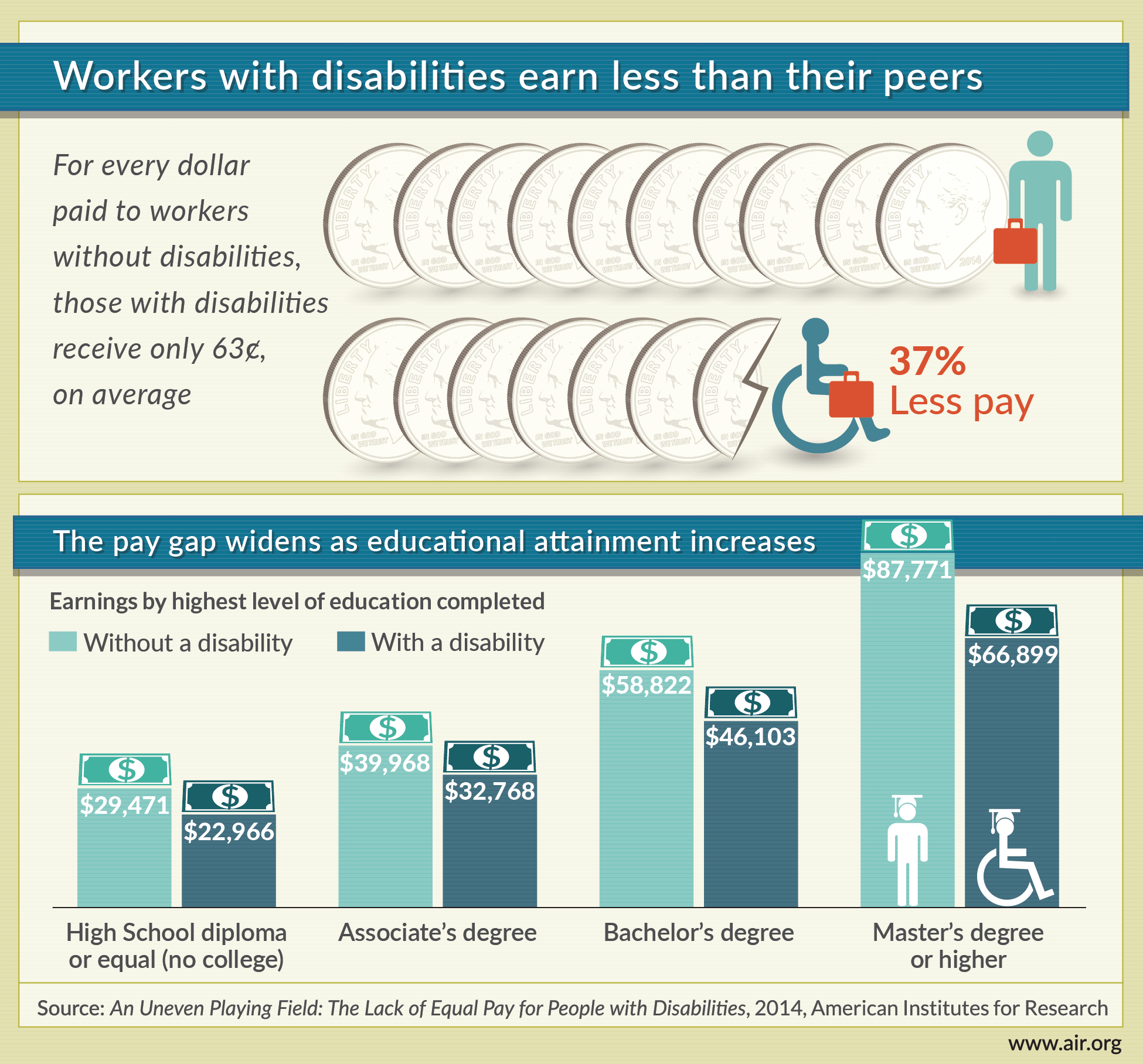It is surprising to me how few of the ideas that are being worked on in PPAT this semester currently exist as products on the market, especially when many of them have the potential to help a broad range of individuals. When looking closer at the variety of assistive technologies that currently exist, I was shocked to find that while over one billion people in the world live with some form of disability, the global market for assistive technologies is reported to be a mere $30 billion in 2015. When considering that assistive technologies are based on giving people the chance at an easier life, and access to them can make an enormous impact on a person’s future, it is horrifying to think of how small this technological market is in today’s economy. To put this in perspective relative to other global markets, the automotive market is estimated to have had an annual revenue of $9 trillion in 2015! That would make the assistive technology market, which could restore fundamental human capabilities to over a billion individuals, a mere 0.3% of the automotive market, while in many countries cars are considered to be a luxury! One possible reason for this is that reports show that the average income of people with disabilities in the US is significantly lower than that of the average US citizen. Unfortunately, it is not uncommon for people who are over represented in poverty to have their needs ignored. In order to bring the market of assistive technologies to a reasonable level, it is important to fight this sort of prejudice in the work place, and restoring to the disabled community the respect and attention that is deserved. It is only then that there can be created the market necessary to really help people around the world.

Graphs showing the inequality in pay for people with disabilities
You are absolutely correct, it is a huge problem. I’m hopeful that maybe the affordable care act will allow more previously uninsured individuals to obtain insurance and with it access to AT devices. Outside of insurance, I think the most gains can be made from making sure devices are designed and marketed outside the disability community. If the number of users is increased, that market share becomes a lot larger, and perhaps more companies will take the risk on AT devices.